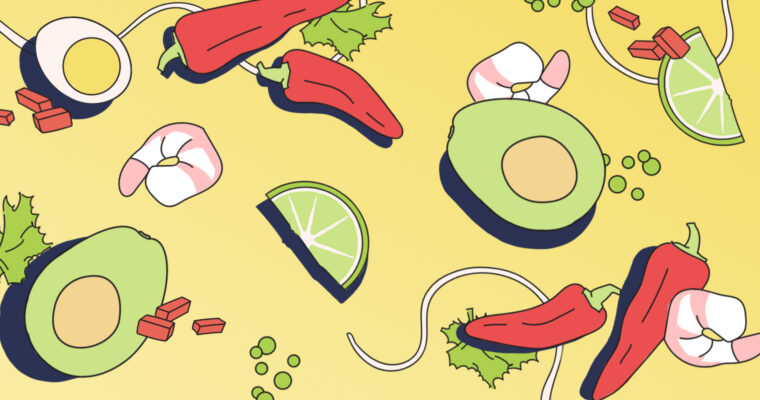
Fall is finally here, which means the weather will get crisper as the days pass. So naturally, people will stay indoors to cook and bake. Most of us will grab the most recent issue of Bon Appetit or simply search for “best pumpkin pie recipe”—but what about those who have recipes scribbled on scratch paper that have been passed down from their ancestors? Or those who want to write a cookbook and are using their home as a test kitchen?
If cooking is an art form, then so is writing a recipe. Recipes need to be precise, and they also need to use language that’s easy to understand. They need to include each and every step while not providing too much information. Dishes are made up of specific amounts, so they can turn out wrong just by a small incorrect measurement.
It’s your job to make sure the instructions you give others are explicit and concise. In order to put your cooking method down on paper for others to mimic, go to your kitchen and be prepared to start this recipe from scratch.
Getting ready
First of all, take a step back and envision your recipe from start to finish. How much space in the kitchen did you need? What ingredients did you use? What cooking tools did you make sure to have? How much time did the whole process take? All of these components are important to keep in mind.
There are four major segments that are vital components when writing a recipe: the introduction, ingredients, directions, and title.
Introduction
Cooking is a version of storytelling. Recipes, as well as other food writing, have been passed down for centuries—throughout generations and households, to friends of friends, to strangers in cookbooks learning to broaden their knowledge on different types of food around the world and open their minds (and taste buds). Tell your own story. Preface your recipe with a short intro that shows readers your personal relationship to this dish. For example, write why it’s important and what occasion it could be cooked/baked on. This is also a good section to state how many the recipe serves, the prep time, and the overall cook time.
Culinary scientist and author @Jessica_Gavin shares ✌️ tips for starting a food blog:
1️⃣ Be a lifelong learner and keep honing your skills. 2️⃣ Find your niche and educate your audience on your specific topic.
More #FoodWriting advice here: https://t.co/NbWNoAK8RJ pic.twitter.com/VytmgNYMcj
— Grammarly (@Grammarly) October 25, 2019
Ingredients
Ah, now we’re getting to the specifics! When noting the ingredients, write them in the exact order you use them in from start to finish. If you’re using multiple ingredients at once, write them in order of descending volume.
Then be sure to write down the exact measurements of each ingredient. If you use abbreviations (which are recommended), use them throughout the whole recipe. If there are separate items that go into the dish (for example, a pie crust and a filling), then you should separate the ingredients into sections that reflect the item you’re making. In order to be sure you’re being perfectly clear, use words such as “melted,” and “chopped,” in your ingredients, so the reader can envision the process.
Lastly, when listing items, always lean towards using their collective term, not the brand name, unless it is vital to the dish.
Directions
When you write your step-by-step directions, use practical language. Incorporate cooking and baking terminology that denotes clear actions. Flowery language with tons of adjectives isn’t necessary—just the bare minimum needed to ensure a correct outcome. Also, the way you structure your directions is crucial. Keep the overall flow in mind—the goal is for you to make the directions easy to follow, so don’t hesitate to break them up into different paragraphs. Lastly, use specific cooking/baking times and temperatures. For example: “Preheat oven to 475 degrees F (245 degrees C).” If you’re using a stovetop and the instructions aren’t as straightforward, use the best-fitting terminology, like “Heat 1 teaspoon of olive oil in a skillet over medium heat.”
Title
After you’re done drafting your recipe from start to finish, you need to make one last addition. This dish is a small story, and it needs a title! Many chefs like to get clever with the name of their food. Think of something fun, creative, but also to the point. As previously stated, you want your reader to immediately register the type of dish they’re about to make. Draw them in, but don’t trick them.
Even if you have a recipe memorized by heart or had it jotted onto a notecard and passed down by your grandma from years before you were born, you can make a recipe even more meaningful by writing it as clearly as possible for others’ execution.
More from Grammarly about food writing:






